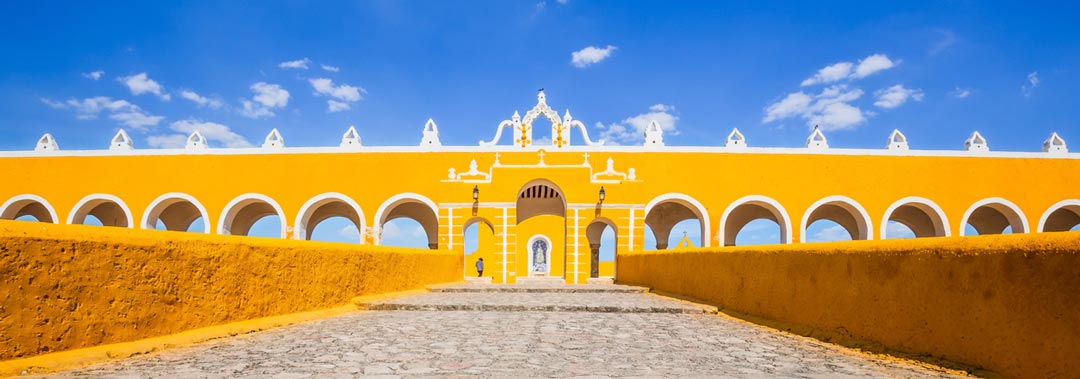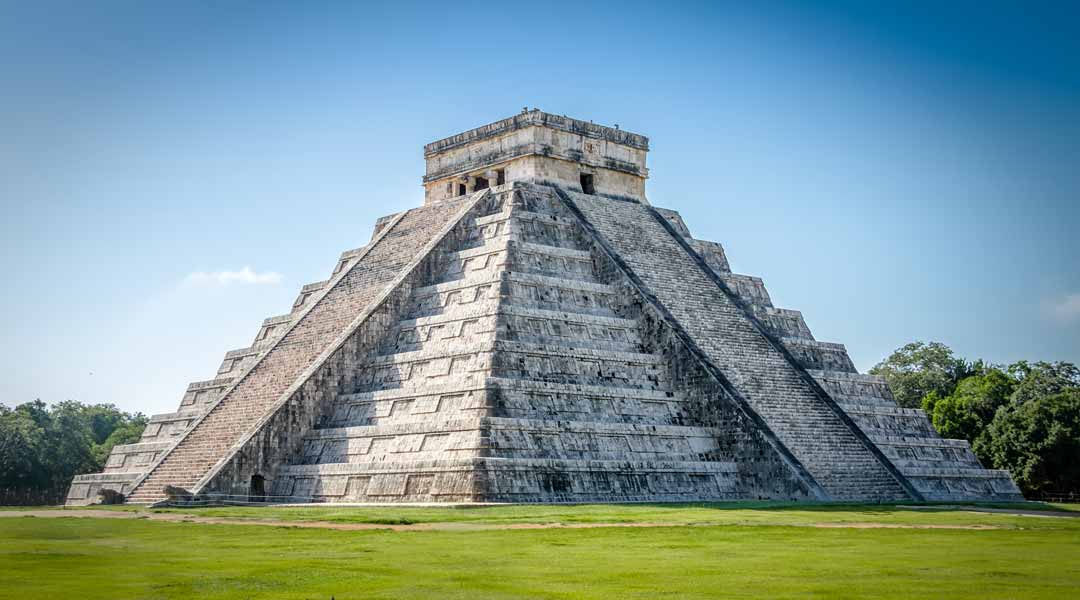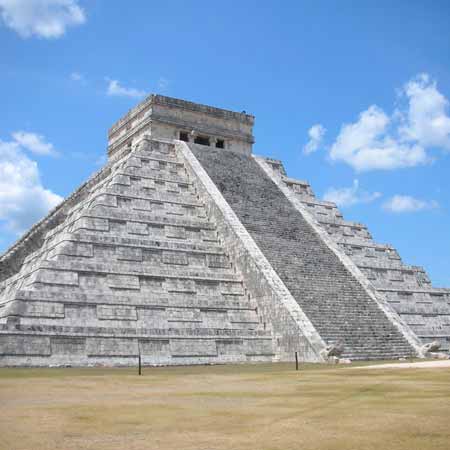BePeriod Gathering in Mexico
5 – 11 November 2023
Join us for a week-long exploration of Pre-Columbian Mexico. We will delve into a culture that developed in isolation from Africa, Europe, and Asia. As such, its cosmology and mythology display a unique expression of truth, detached from the civilizations with which we are more familiar. How did the ancient Mesoamerican people envision the world and their place in it? How did they formulate this vision? The sites below have been carefully selected to offer a comprehensive answer to these questions.

At certain periods of history certain knowledge was collected and kept there. If you find such an accumulator, you will get the knowledge. What are these accumulators? They are schools, even the old schools that no longer exist.
Mexico City
Museum of Archeology
The National Anthropology Museum in Mexico City will start us off with a helpful overview of the eras and cultures in this fertile region. Throughout the millennia, Mesoamerica was inhabited by different races that fought with and influenced each other. We will become acquainted with some of their customs, gods, and styles of representation. Among these, we will see the famous sun-stone that incorporates the cyclical nature of time with the mythological conflicts of Mesoamerican lore. Time, its planetary representatives, and their symbolic interaction, ran as a constant thread throughout Mesoamerican culture. We will likewise aim to thread it through every aspect of our learning.
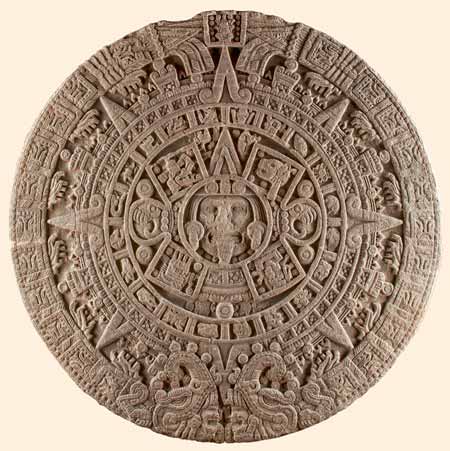
Aztec Sun Stone | 1502 – 1521 AD
Teotihuacan Archeological Ruins
Teotihuacan Archeological Site
A short trip outside Mexico City will bring us to the ruins of Teotihuacan. Little is known about this relatively early city, which peaked sometime in the first centuries CE and became the largest metropolis of its time in the Americas. We will walk along its excavated paths and pyramids to gain a first-hand impression of the daily reality of these people and the grandeur of their civilization.
Ancient religions like the Aztec or Mayan realized that for long cycles everything runs mechanically, but that at certain intervals between these cycles quite new possibilities exist and great efforts must be made. As far as I can see this does correspond with the structure of the universe in time.

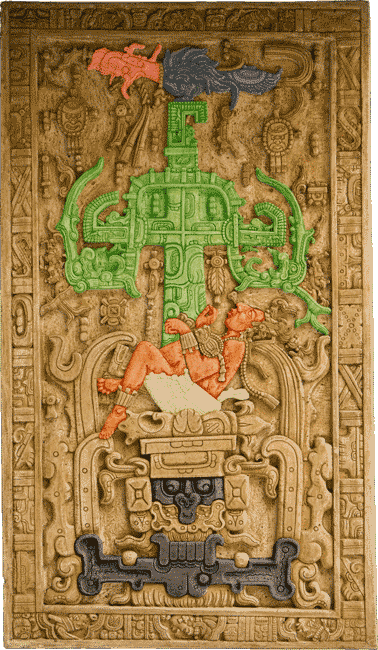
King Pakal’s Sarcophagus | ca. 683 AD
Yucatan Peninsula
Palenque
The city of Palenque emerged around the 3rd century BCE. It flourished for a thousand years before being mysteriously abandoned. When it was excavated and restored a thousand years later, it revealed some of the finest Mayan architecture, sculpture, and carvings. Its golden moment was overseen by King Pakal the Great, who was buried in a step-pyramid that now dominates its archeological landscape. Pakal’s mausoleum incorporated the Mayan vision of the underworld, aiming to ‘sow’ the king’s physical body at death in a manner that would affect his rebirth into an afterlife. Here, as we shall see, the Mayan symbolism for death and rebirth is strikingly similar to that found throughout the rest of the world. By a different path, the Mayans arrived at the same conclusion.
Edzna & Uxmal
The archeological sites of Edzna and Uxmal will give us a good grasp of the dominant Mayan architectural style, with large open spaces framed by towering pyramids. Visiting these sites will also thrust us against the endless jungle the Maya had to tame in order to survive and thrive. A curious and repetitive feature of these ancient cities is the ball court, where games that simulated the Mayan creation story were performed in public. The bouncing rubber ball symbolized the movements of the sun, moon, and planets, and the players’ engagement with this ball represented the role of Mayan rulers in maintaining cosmic order.
Chichen Itza
Chichén Itzá was one of the largest cities that flourished at the latter end of the Pre-Columbian timeline. Among the many remarkable monuments we will encounter here is the famous Temple of Kukulcán, a feathered-serpent deity. Sculptures representing this deity run down the sides of the temple’s balustrade. On the equinoxes, the sun casts a series of triangular shadows that create the illusion of a feathered serpent ‘crawling’ down the temple.
Temple of Kukulcán | Chichen Itza | 8th – 12th c. AD

If we take history in the ordinary way as a series of separate events, we shall not find proofs of esotericism. One thing will follow another, on the surface and without apparent connection. But if we know that things are connected, and look for connections, we shall find them hidden beneath the surface.
Peter Ouspensky
The Popol Vuh
The Popol Vuh is an ancient text that presents the Mayan creation myth, the primordial struggle between light and darkness, and chronicles the lineage of the Mesoamerican people. Thanks to this manuscript, which barely survived the Spanish conquest, we can access the mythology that underlies the art and archeology of the Pre-Columbian world.
We will focus our studies on the first two parts of this narrative. We will rewrite the exploits of the Hero Twins, Hunahpú and Xbalanqué, who outsmarted the lords of the underworld in a ball game to establish light over darkness. Throughout the week, our evenings and nights will be spent in rehearsal. We will perform our play on the last day of our gathering.
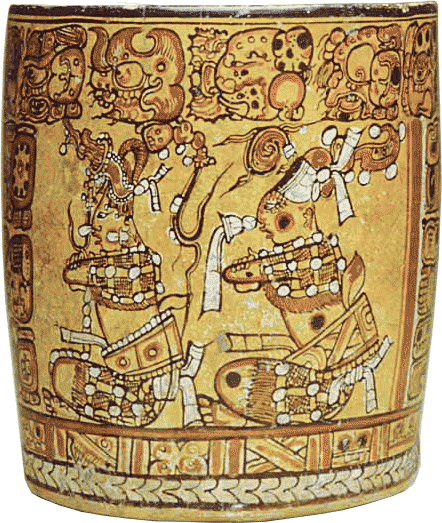
Hunahpú and Xbalanqué
In distant times there existed a real knowledge, but owing to all kinds of life circumstances, political and economic, it was lost and only fragments of it remain.

